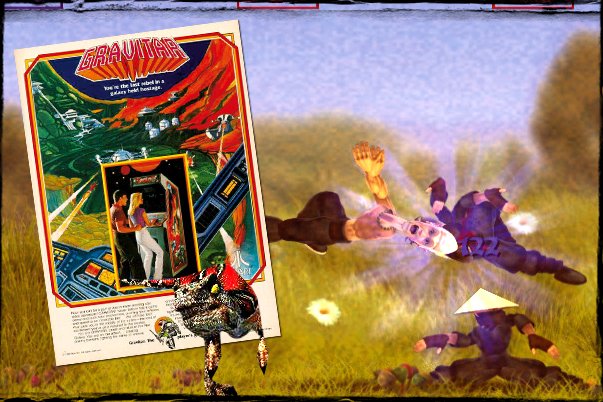Rags to Riches
Kicking a lump or two out of the fall-guys of gaming
But while ragdolls are still in the early stages of their evolution, they're actually celebrating their 10th year of existence. Mark Healey, creator of Rag Doll Kung Fu, recalls seeing a piece of software around 1997 where players push dummies down staircases. "Completely pointless, but hours of fun," he muses.

A year later, the Spielberg-endorsed game Jurassic Park: Trespasser brought ragdoll physics kicking and flailing into the mainstream. The dinosaurs in Trespasser were made up of rigid-body systems and used inverse kinematics to move, as well as pushing away from one another when they collided. Although the ideas were advanced for the time, the game was slagged off for being way too buggy. "Many people now see Trespasser as an example of how not to do physics, but frankly this was probably the single biggest leap in physics technology in games to date," reckons Steve Collins.
Collins notes that the idea of linking rigid bodies to create dynamic systems - this is what a ragdoll is, essentially - wasn't all that new, even in the late '90s. In the 1982 Atari game Gravitar (later remade into Thrust for the Commodore 64), you navigate a lunar-lander craft, pick up pods with a grappling device and negotiate a cave system. "This involved a simple dynamic system of two rigid bodies - the ship and the pod - connected by a single constraint. The pod acted as a heavy pendulum connected to your ship, which made movement very tricky. In terms of simulation, this was the 2D equivalent of a single limb (like an arm)."
Sign up to the GamesRadar+ Newsletter
Weekly digests, tales from the communities you love, and more


